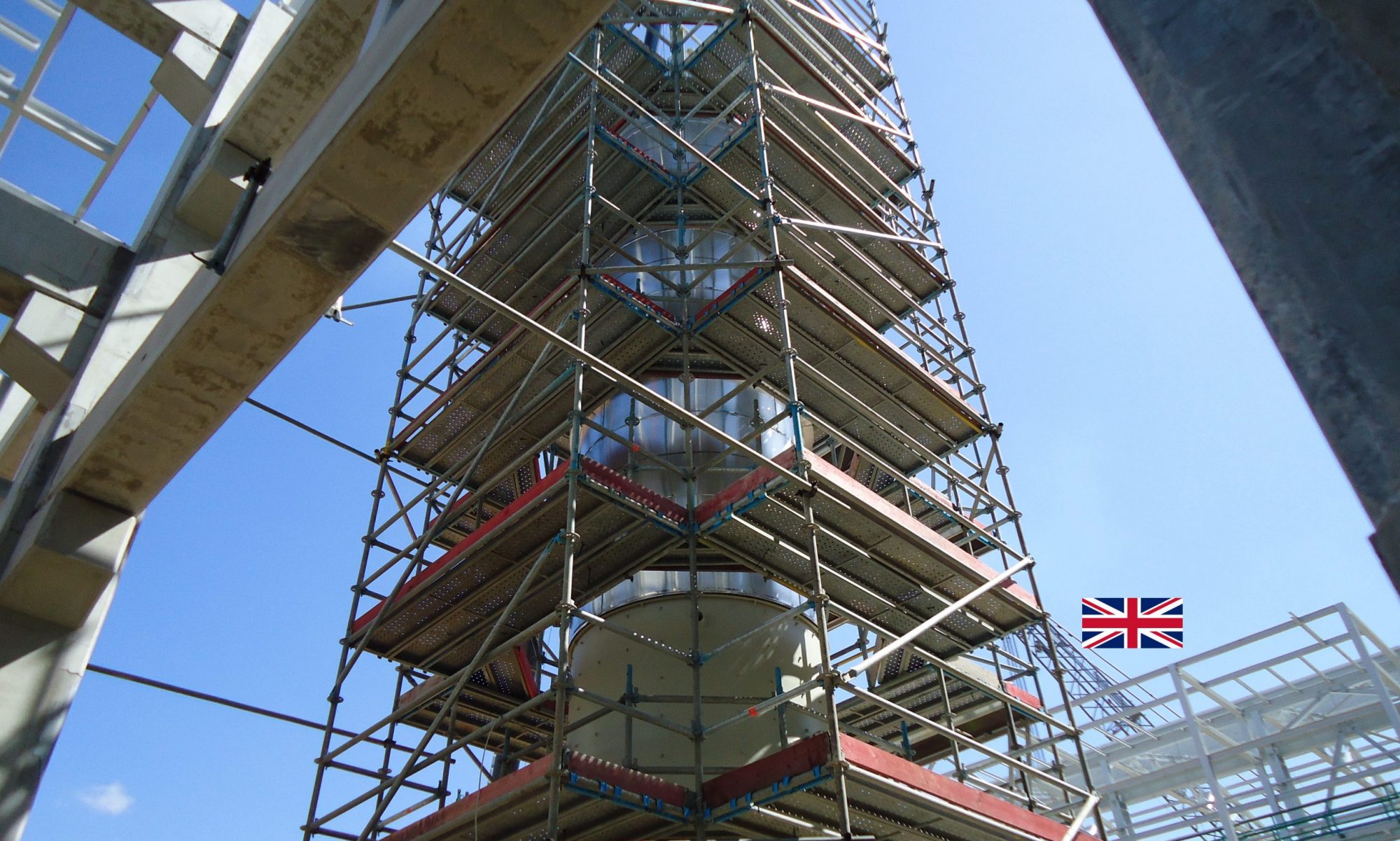
Rock-wool :
The process of production of the Rock Wool begins with the fusion of the Wool of Volcanic Rock to a temperature superior to the 1000 ºC. The used rocks are selected of the best basalt quarries. The second material that will have to be contributed is the Coke that will finally serve like fuel in the furnace and the third component: calcium minerals and magnesium. These materials previously selected and dosed are introduced in the furnace where put under temperatures superior to the 1500 ºC is fused forming a mass or species of lava. The obtained broth is centrifuged. Once in the space the material liquid solidifies by cooling in a depression camera, forming long rock particles and filaments of diameter and different length according to the process. To the time that takes place fibers, these are sprinkled with resin that will have as a function the compaction of the material when it reaches the final form.
This material is:
-Incombustible
-Stable in humidity environment
-Resistant to variation temperatures until +/- 750ºC
Manufactured in many densities thickness and shape :
-Blankets
-Panels
-shells

Glass-wool :
The basic raw materials are natural sand, to which recycled glass and fluxing agents like soda ash are added. In addition, the mix of components is quite accurate in order to get an homogeneous batch to be melted in an optimal way. The batch is melted around 1450 °C in a furnace.
The melted glass goes into a channel leading to the fiberizing area. When flowing so, the glass reaches the required temperature to be converted into fibers. In order to give cohesion and mechanical properties to the glasswool mat, small quantities of binding agents are added to the fibers, just after their production, targeting in an ideal way to have one droplet of binder at each crossing of fibers.
This material is:
-Incombustible
-Stable in humidity environment
-Resistant to variation temperatures until +/- 250ºc
Manufactured in many densities thickness and shape :
-Blankets
-Panels
-Shells

Cold insulation :
-Foamglass:
The cellular glass or foam glass is produced from glass powder mixed with Carbon and oven heated to 1000 ºC. The product is taken out and passed trough a long annealing furnace the slabs are then cut to size, tested and packed.
Manufactured in many densities thickness and shape :
-Blankets
-Panels
-Shells
-Polyurethane:
Formed by two liquid compounds poliol and isocianate Injected in situ – density 20 to 50 kg/m3
-Factory manufactured with the same compounds in many densities thickness and shape weave or without mylar aluminium foil vapour barrier applied.
-Blankets
-Panels
-Shells
-Plastic foam :
Flexible, closed cell, CFC-free , elastomeric material for the insulation of pipework, ducting and vessels with superior fire performance.
has a low thermal conductivity and very high resistance to water vapour transmission and is widely used for condensation control and energy saving.

Vapour barrier :
– Applied bituminous sealant with fibre glass support.
– Aluminium foil

